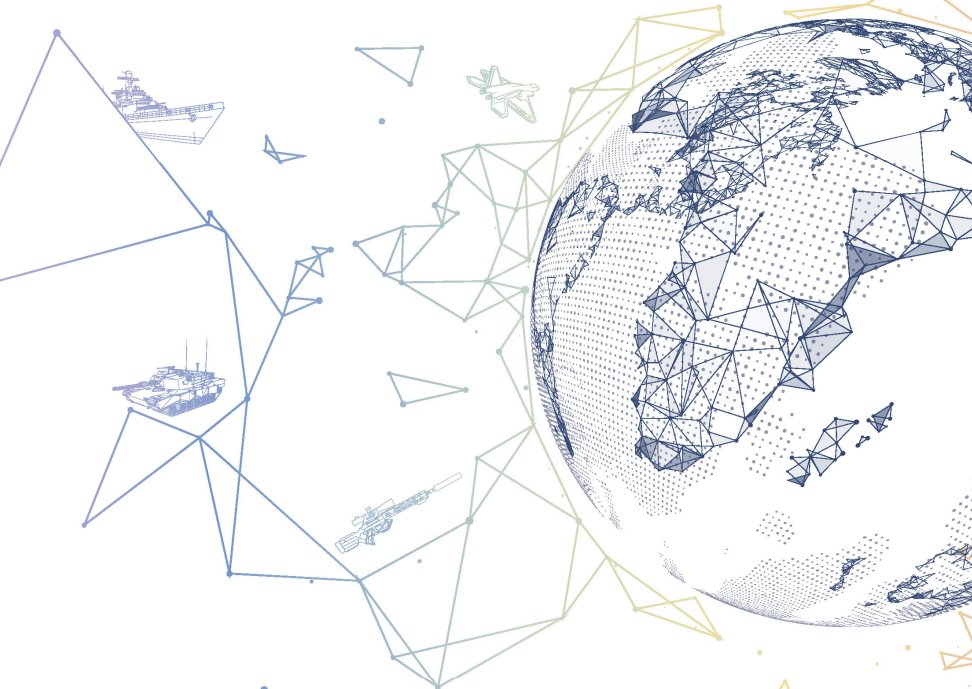South Korea ranks ninth in the world in defense technology, but the country needs “intensive” and “strategic” investments in the research and development of space weapons, where it lags far behind other military powers, the government-run military technology agency said Monday.
The Korea Research Institute for Defense Technology Planning and Advancement (KRIT) released the “Defense Science & Technology Level Assessment by Country“ triennial report on Monday and shared the outcomes of extensive research.
South Korea came in ninth place in terms of national defense science and technology in 2021 among 16 selected military powers, based on assessing eight fields of weapons systems and 26 subtypes of weapons.
The eight fields consist of command, control and communications; intelligence, surveillance and reconnaissance (ISR); maneuvering weapons, warships, aerospace, fire power, military and civil defense assets and others.
Seoul’s rank gradually rose from 11th in 2008, joint 10th in 2012 and joint ninth both in 2015 and 2018.
The KRIT said South Korea was evaluated as advancing technologies in 10 out of 26 types of weapons.
The categories include artillery, submarines, command and control, air-defense weapons, cyberweapons, electronic optics, underwater monitoring and chemical, biological and radiological (CBR) defense weapons.
In particular, the ranking in the artillery field rose from fifth in 2018 to fourth place in 2021, based on an improvement in the performance of self-propelled artillery and development into automated and unmanned artillery systems.
In the field of submarines, South Korea also moved up one notch from 2018’s ninth place to eighth place in 2021 due to achievements, including the underwater ejection test of a submarine-launched ballistic missile, or SLBM, last September.
But the KRIT pointed out there is a “lack of technology” in 11 subtypes of weapons, including radar and space weapons systems, adding that the fields need “more attention” in crafting and planning strategies for defense research and development.
The institute particularly underscored that South Korea needs intensive and strategic research and development in space weapons in light of the nature of future warfare.
“The space weapon system is the field that requires intensive research and development, considering the conditions of the future battlespace and South Korea’s possession of some projectile technologies including the test-launch of Nuri,” the KRIT said in the report.
“But as South Korea is far behind the US in the technology, we view that strategic investment is needed.”
South Korea was evaluated as lagging the most behind the US in the field of space weapons among the 26 types of weapons.
The KRIT said South Korea should develop technology to produce composite materials for space applications and advance surveillance and reconnaissance capabilities in space in order to secure space competitiveness.
Overall, South Korea notably had the world‘s fourth-largest defense research and development spending on average between 2018 and 2020, after the US, China and the UK. The total amount of defense research and development spending is on a par with the UK, France and Russia for the three years.
But the technical gap between South Korea and the US has widened. The score gauging the relative technological development to the US decreased from 80 points in 2018 to 79 points in 2021 out of 100.
“Larger investments are required to keep up with technological advancements of France, Russia, and the UK. But as it is difficult to further expand investments in reality, choice and concentration are needed in making investments,” the report said.
In the 2021 report, the US remained in first place, and France and Russia jointly held the second rank. Germany and the UK ranked fourth in the world, while China, Israel and Japan respectively got sixth, seventh and eighth.
South Korea was followed by Italy, Sweden, India, Canada, Spain, the Netherlands and Australia.
The KRIT has released the report every three years since 2008 to share the assessment on South Korea’s international competitiveness and its strength and weakness in terms of defense technology.
The report is of significance as it lays the foundation for establishing an efficient and effective investment strategy with limited resources and enables South Korea to “survive in the competition on technological hegemony.”
South Korea’s Defense Acquisition Program Administration will present the direction for defense research and development for the next five years based on the outcomes of the report.
By Ji Da-gyum (
dagyumji@heraldcorp.com)





![[Exclusive] Hyundai Mobis eyes closer ties with BYD](http://res.heraldm.com/phpwas/restmb_idxmake.php?idx=644&simg=/content/image/2024/11/25/20241125050044_0.jpg)
![[Herald Review] 'Gangnam B-Side' combines social realism with masterful suspense, performance](http://res.heraldm.com/phpwas/restmb_idxmake.php?idx=644&simg=/content/image/2024/11/25/20241125050072_0.jpg)

